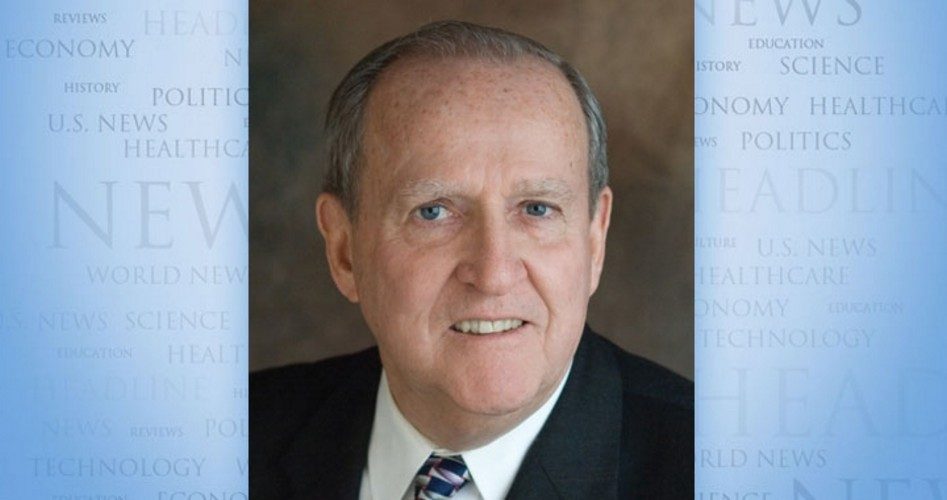
Donald Trump’s recent criticism of NATO includes wanting the pact “rejiggered” and “changed for the better.” He insisted that the U.S. is “spending too much” and “some countries are getting a free ride.” Calling the alliance “obsolete,” he recommended adding “different nations“ because there are “nations that aren’t in NATO and are very much into the world of terror.”
Much of what Trump offered deserved the attention he created. But he seems unaware of the pact’s real purpose, something that can be gleaned from a hard look at its history.
Launched as a treaty in 1949, the North Atlantic Treaty Organization (NATO) was sold to the Senate and the American people as a military alliance designed to thwart further conquests by the USSR that had already swallowed up the many nations in eastern and central Europe. There was, however, a hugely important purpose behind creation of the pact. Secretary of State Dean Acheson noted this in a March 19, 1945 speech revealing that NATO was totally “subject to the overriding provisions of the United Nations Charter,” and that it was “an essential measure for strengthening the United Nations.” In fact, NATO’s brief charter containing a preamble and a mere 14 articles mentions the United Nations in five separate places.
Begun with 12 member nations but now including more than two dozen, NATO is actually a UN “regional arrangement” authorized by Articles 52-54 of the UN Charter. Article 53 states that nothing it does can be undertaken “without authorization of the [UN] Security Council” which “shall at all times be kept fully informed of activities undertaken or in contemplation” by members of the alliance.
On June 25, 1950, Communist North Korean forces invaded South Korea. Two days later, the UN Security Council issued a resolution calling on member nations to aid South Korea. President Harry Truman responded in a matter of days by ordering U.S. forces to Korea and, when pressed by several U.S. senators to explain how he could so without the required congressional declaration of war, he said it wasn’t war but “a police action.” He added that if he could send troops to NATO (which he had done), he could send troops to Korea. Thus ended the requirement for a declaration of war before sending our nation’s forces into conflicts in Korea, Vietnam, Bosnia, Iraq, Afghanistan, and elsewhere. NATO and the UN have overridden the U.S. Constitution.
All military actions taken or contemplated by NATO and its twin SEATO (Southeast Asia Treaty Organization, created in 1954) had to be authorized and reported to the UN. Victory ceased to be the result of U.S. action — in Korea, Vietnam, Iraq, Afghanistan, and elsewhere. Control of U.S. military action was no longer held by Americans but by the anti-American United Nations. Restrictions on military activity became the norm and the actual “rules of engagement” directing the Vietnam conflict were unearthed by Senator Barry Goldwater and published in the Congressional Record during March 1985.
Beginning with NATO in 1949 and continuing during all subsequent years, America lost control of its military. And the U.S. Constitution’s clear requirement for a declaration of war before sending forces into battle has been superseded. Through NATO and its twin SEATO (no longer in existence), the UN now directs our nation’s military arm. Wars aren’t won but are dragged out as in Korea (a conflict never settled with a state of war still in existence) and in Afghanistan, where U.S. forces have labored in a restricted manner since 2001.
NATO doesn’t need to be “rejiggered” or changed. What is needed is U.S. withdrawal from it and from its United Nations parent. The United States must again become the sole master of its fate.
John F. McManus is president emeritus of The John Birch Society. This column appeared originally at the insideJBS blog and is reprinted here with permission.


